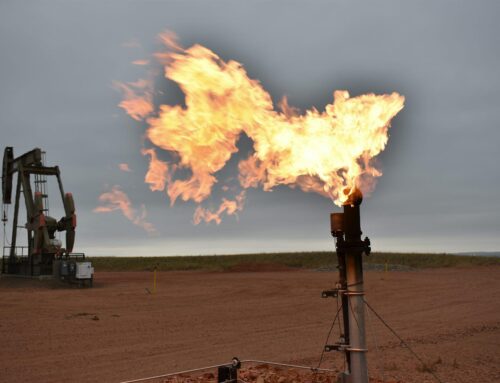Close to Home: Supervisors double down on ‘inebriation tourism’
October 26, 2025

Sonoma County supervisors are scheduled to discuss a proposed cannabis ordinance on Oct. 28. (Beth Schlanker / The Press Democrat)
Once again, the Board of Supervisors is ready to throw Sonoma County taxpayers under the proverbial bus — and then back over us.
On Oct. 28, the board will discuss a cannabis ordinance that would reduce permit fees for cannabis cultivation on properties of 10 acres or more with agricultural or rural resource zoning, with operations only 100 feet from neighboring residences. In addition, the ordinance would allow events with cannabis consumption and sales.
After lowering fees for cannabis growers, the county still must pay for infrastructure and other public services, which means increasing the burden on other taxpayers.

It was bad enough when the supervisors granted the cannabis industry significant tax breaks, leaving residential taxpayers and businesses to cover the shortfall in revenue. Now, contrary to state regulations, the proposed ordinance includes unmitigated rights to host cannabis events, even on parcels that don’t have permits for cannabis cultivation, which require safety measures and qualified on-site security personnel.
With up to 104 event days per venue, plus large-scale cannabis events under zoning permits, the cannabis industry is securing more rights than the wine industry.
And the proposed ordinance has provisions allowing any entity with a zoning permit to host four large-scale events over a two-year period. Whether it’s a wedding or a rodeo, the sponsor could provide for cannabis retail sales and on-site consumption.
Businesses are demanding additional non-agriculture-related revenue streams to bolster diminishing profit margins, even when they benefit from Williamson Act property tax breaks.
At their Oct. 14 hearing, the supervisors set a dangerous precedent by approving a wedding venue and large-scale event center on a Williamson Act parcel that has yet to establish the required on-site agriculture.
Rural residents have disputed the legality of previously approved developments with overnight accommodations, commercial kitchens and event spaces on land that receives agricultural tax breaks.
County approvals for high revenue tourism-related uses, without a commensurate increase in taxes, do not comply with the Williamson Act’s intent. In exchange for restricting the land to agriculture and compatible uses, the act grants landowners a property tax reduction based on the land’s actual use, not its market value.
If income-producing event buildings and “tourist serving” uses are allowed, then taxpayers should no longer subsidize the actual farm operation.
In 2023, the county approved an ordinance that significantly eased restrictions on winery events that serve food or require traffic control, and also eased noise limits on winery events of any size.
Now, the proposed cannabis ordinance doubles down on inebriation tourism — subjecting us to safety risks when rural roads become inebriation highways. On narrow roads with blind hills and turns, wine-infused tourists will recklessly pass stoned drivers,
going so slowly that they hold up bicycle traffic.
Given that there’s no accepted test for cannabis-inebriated drivers, Ohio chose to collect autopsy data. Their devastating report, based on years of data, shows that more than 40% of drivers killed in car crashes from 2019-2024 tested positive for high levels of THC, the primary psychoactive compound in cannabis.
A decade ago, NAPA Vision 2050 held a conference where tourism experts explained the warning signs of “tourism’s deficit economy” — the proliferation of low-paying jobs, public safety concerns and the dislocation of authentic communities. Wisely, Napa County chose not allow cannabis cultivation in agriculturally zoned valleys, let alone cannabis consumption and retail sales.
Recent ordinances and permit approvals demonstrate Sonoma County officials’ reluctance to impose higher permit fees or mitigation costs on businesses benefiting from tourism. The resulting revenue deficit leads to degraded public infrastructure.
Despite warnings that tourists will move on to other destinations that still have thriving communities and authentic rural character, Sonoma County officials continue to approve disruptive tourism and then ask the remaining taxpayers to foot the bill.
Judith Olney is co-chair of Preserve Rural Sonoma County.
You can send letters to the editor to letters@pressdemocrat.com.
RevContent Feed
Search
RECENT PRESS RELEASES
Related Post








